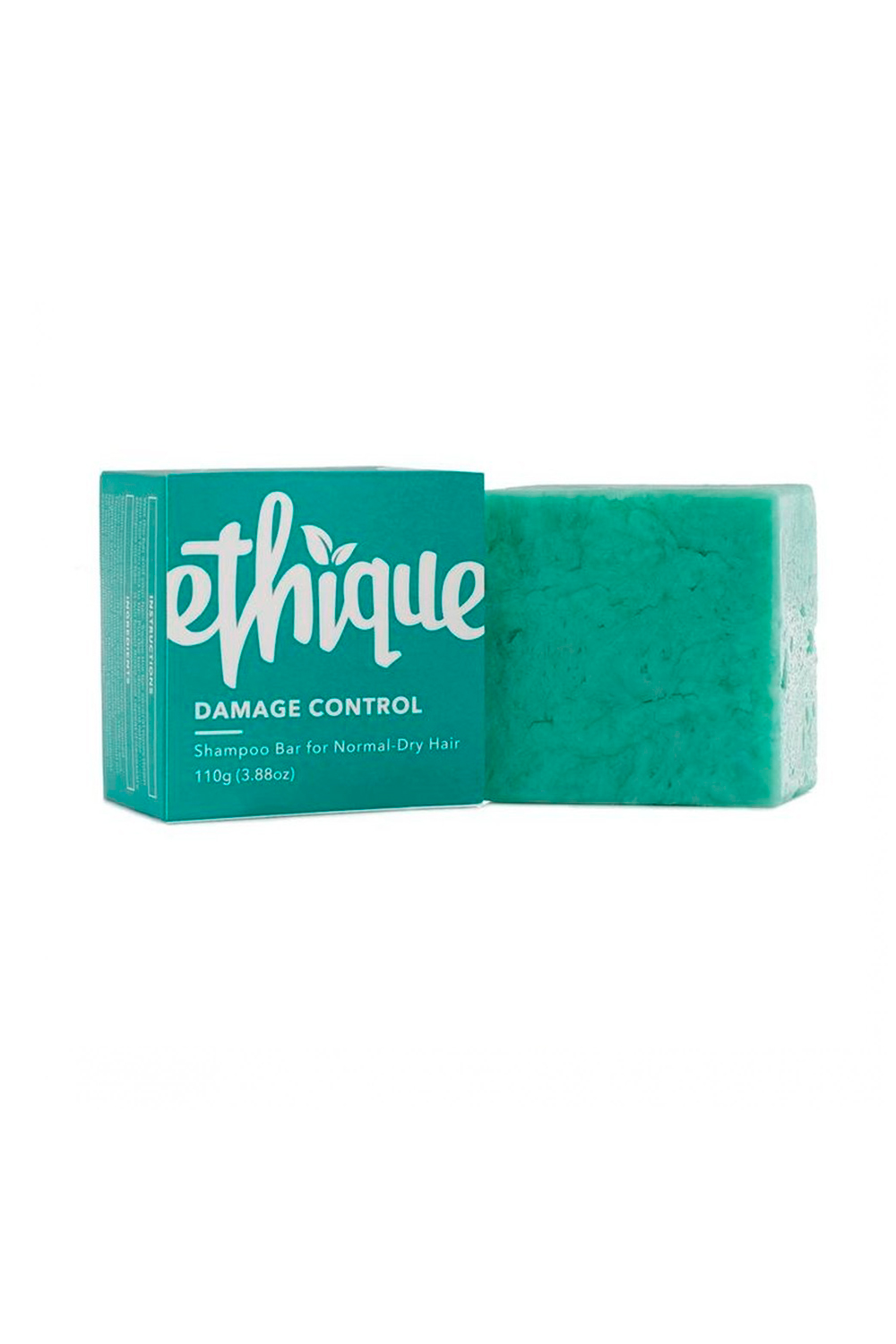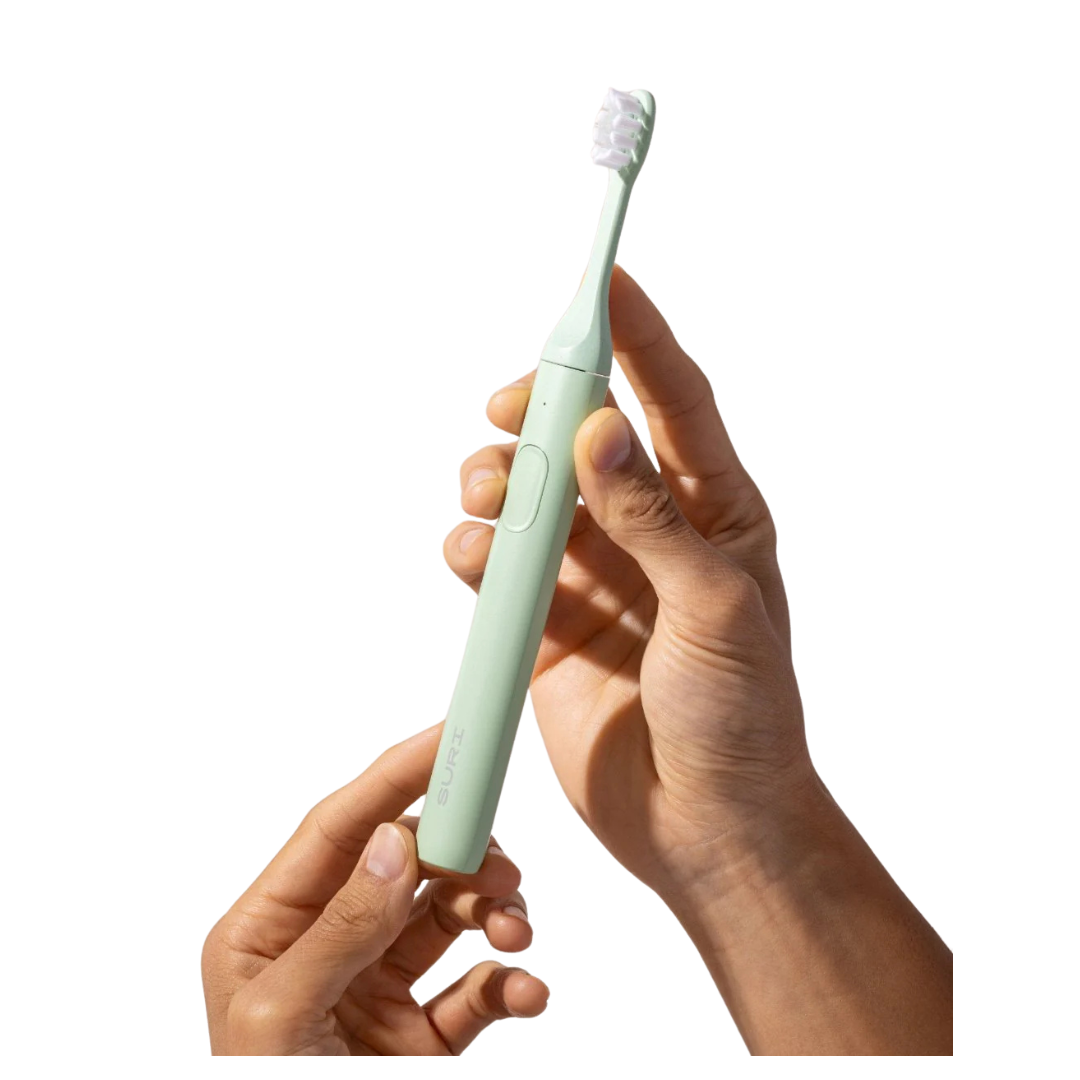Today Is World Sustainability Day—Here’s Your Ultimate Guide to Eco-Friendly Beauty Brands and Products
This year, prioritise conscious consumption
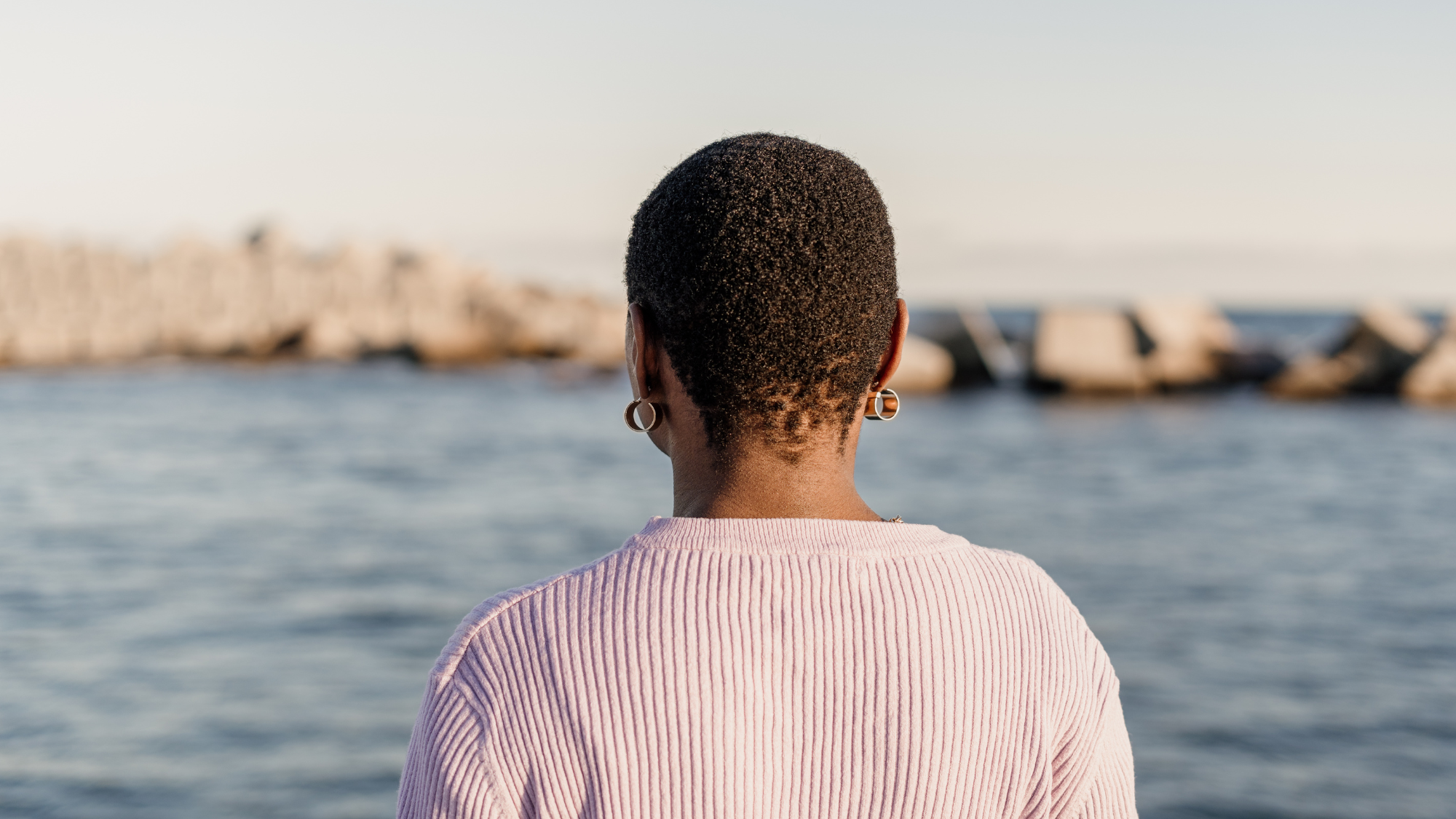
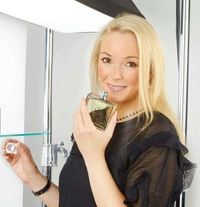
Sustainability is at the forefront of so many conversations in our day-to-day lives, and never more so than within the beauty industry.
Much like sustainable fashion, eco-friendly beauty has finally hit critical mass. Although few, if any, beauty brands can claim to be 100% sustainable or zero-waste, recent years have shown that eco-friendly credentials and high-quality products don’t need to be mutually exclusive. This also appeals to a powerful new kind of consumer, who believes in sustainable living but is still a sucker for luxury products.
"Buyers are savvier than ever before," says Victoria Buchanon, a trend analyst at The Future Laboratory. "Millennials, in particular, see nature and tech as living together. They read ingredients or notice if packaging is not recyclable, and they will call brands out on it."
Your complete sustainable beauty bible
What does it mean to be sustainable?
You might think that being sustainable means going plastic-free or driving to France instead of flying. And yes, those are both very good steps to take. But there is so much more to it than that.
There are 17 Sustainable Developmental Goals, which were agreed on in 2015 by world leaders. They include things like no poverty, zero hunger, and quality education. And they also include things like clean water and sanitation, responsible consumption and production, decent work and economic growth, industry, innovation and infrastructure. So, actually, there's so much more that can make a brand sustainable.
Why you should care about recycling your beauty packaging
The beauty industry produces a staggering 120 billion pieces of packaging every year—and most of it still isn’t recyclable, per Zero Waste Week. In fact, only about 14 per cent of plastic packaging from cosmetics even makes it to a recycling facility, and just 9 per cent actually gets recycled.
Of the product packaging we can recycle, four in ten of us don’t. This means aerosol cans and the cardboard boxes your face cream comes in end up in a landfill.
Celebrity news, beauty, fashion advice, and fascinating features, delivered straight to your inbox!
So, apart from scanning the ingredients list for sustainable ingredients, what other small changes can we make? "Invest in a bathroom recycling bin for starters. And choose both glass and aluminium over plastic packaging,’ says Rachelle Strauss, founder of Zero Waste Week. ‘Both can be recycled over and over again without loss of quality."
They also have a better chance of actually being recycled. "75 per cent of aluminium ever made is still in circulation, thanks to it being the most cost-effective material to recycle,' Strauss adds. 60 per cent of our glass bottles and jars are also currently recycled."
If you'd like to make a change, the Marie Claire team has put together a handy guide on how to recycle beauty products.
Whether you're new to sustainable beauty brands or unsure where to start looking for zero-waste products, below are some of the Marie Claire UK team's favourites. And when you're done here, be sure to check out our guide on how to make your beauty routine more eco-friendly.
Shop most sustainable beauty brands now:

It wouldn't be a round-up of sustainable beauty heroes without Weleda Skin Food. Weleda have been growing plants organically to fuel their beauty essentials for almost a century, and are proud owners of a NATURE certification – the first internationally recognised quality seal for organic, plant-powered products. The brand's deeply replenishing all-round wonder cream Skin Food is a mainstay in bathroom cabinets the world over. Jam -packed with lanolin, beeswax and glycerin, alongside sweet almond and sunflower oils, this rich cream leaves skin feeling smooth as silk every single time.
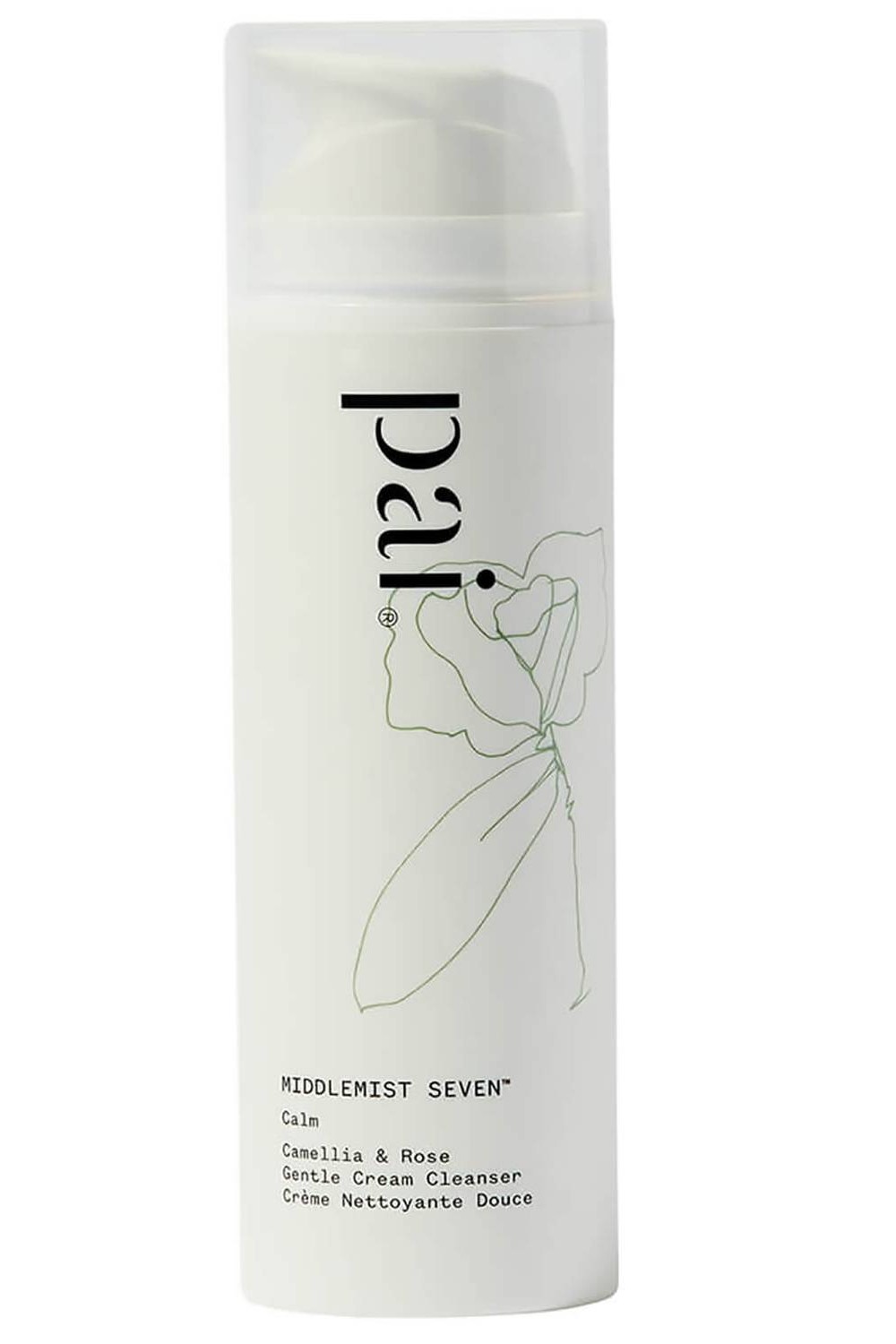
Committed to reducing waste, Pai do beauty that does as much good for the planet as it does for you. Having now introduced recycled material into over 80% of their retail tubes, the brand have just launched an innovative recycling scheme allowing customers to send back parts of their packaging that they can't recycle at home. Free of charge, of course. Top of our Pai wish list? This gorgeous cream cleanser specially formulated for sensitive skin. Enriched with camellia, this one's brimming with Omega 6 and polyphenol antioxidants, both of which boast plenty of anti-ageing benefits. (Did someone say natural glow?) Oh, and it's vegan and cruelty-free, too.
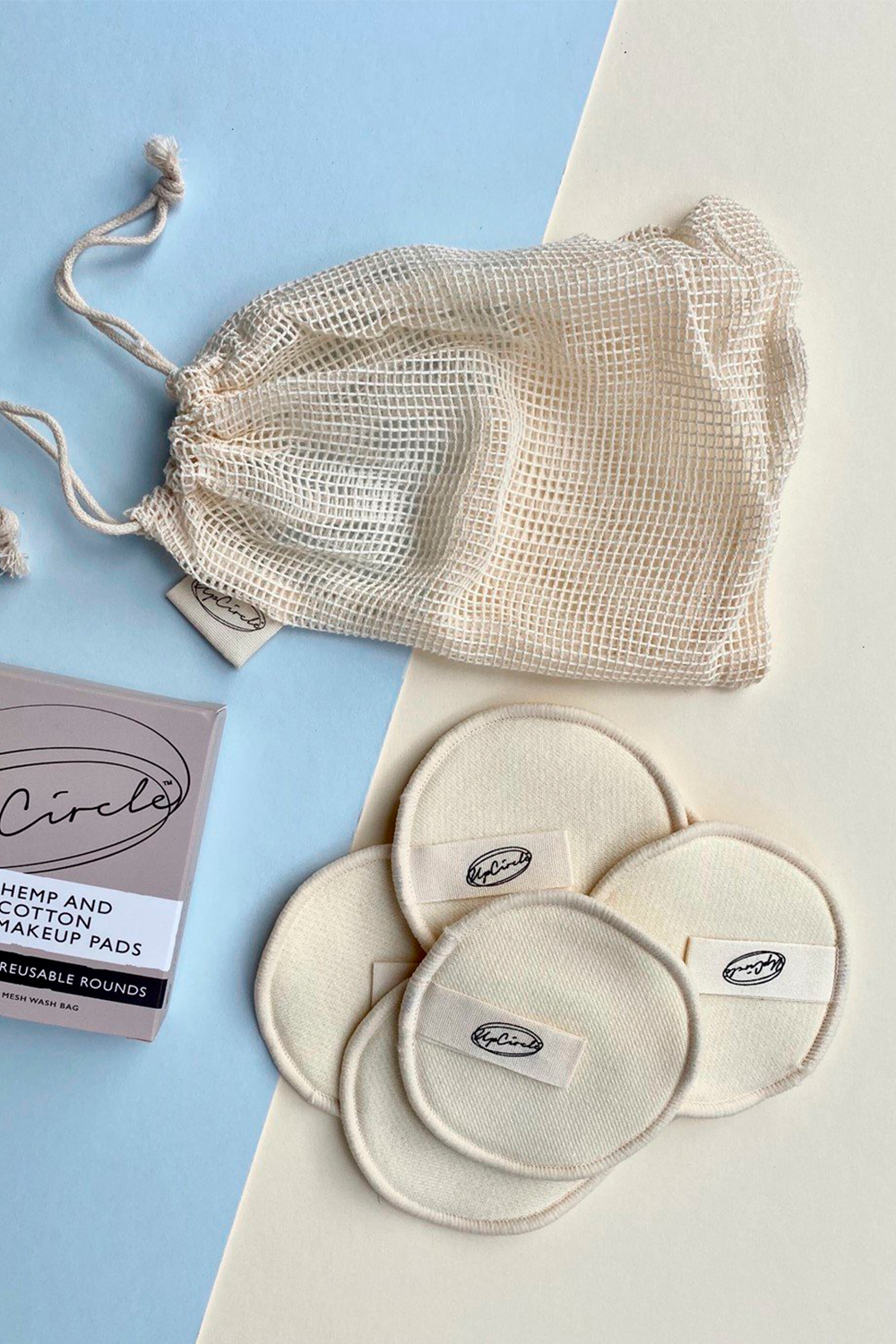
UpCircle has made a name for itself as the upcycling indie brand, which takes everything from coffee grounds to fruit stones, and repurposes them into sustainable beauty products. Swap disposable cotton pads and wipes for this 7-pack of eco-friendly, washable makeup pads, made from hemp and cotton.
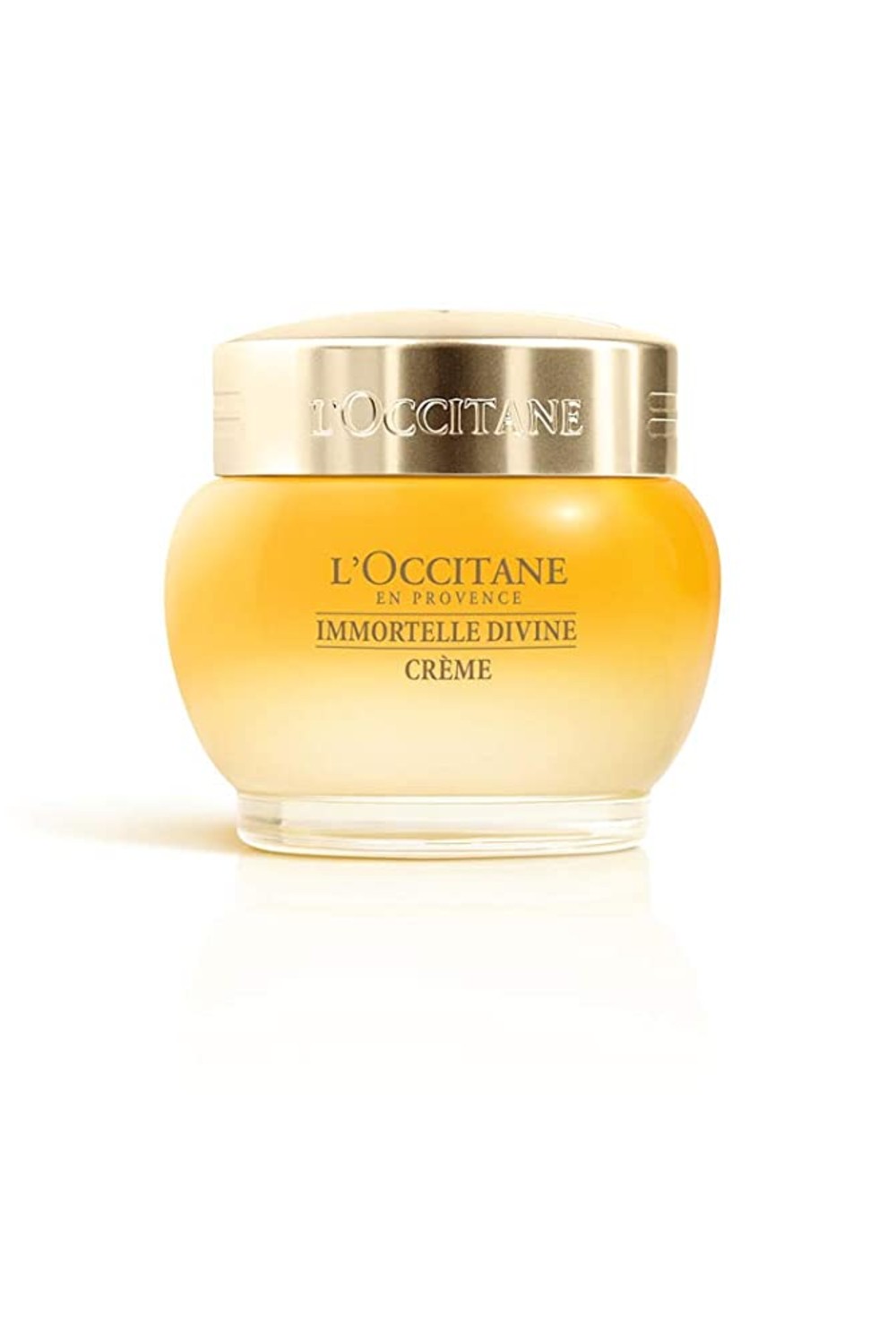
L'Occitane is committed to sustainable sourcing. So much so that the brand work with over 130 French farmers and 10,000 pickers to ensure their ingredients are as high quality and sustainably sound as possible. L'Occitane lovers will already be acquainted with this essential oil-rich cream, which has been specially formulated to fight against the visible signs of ageing. An absolute treat for the senses, it's packed with Immortelle Super Extract –a gentle, 100% natural alternative to Retinol.
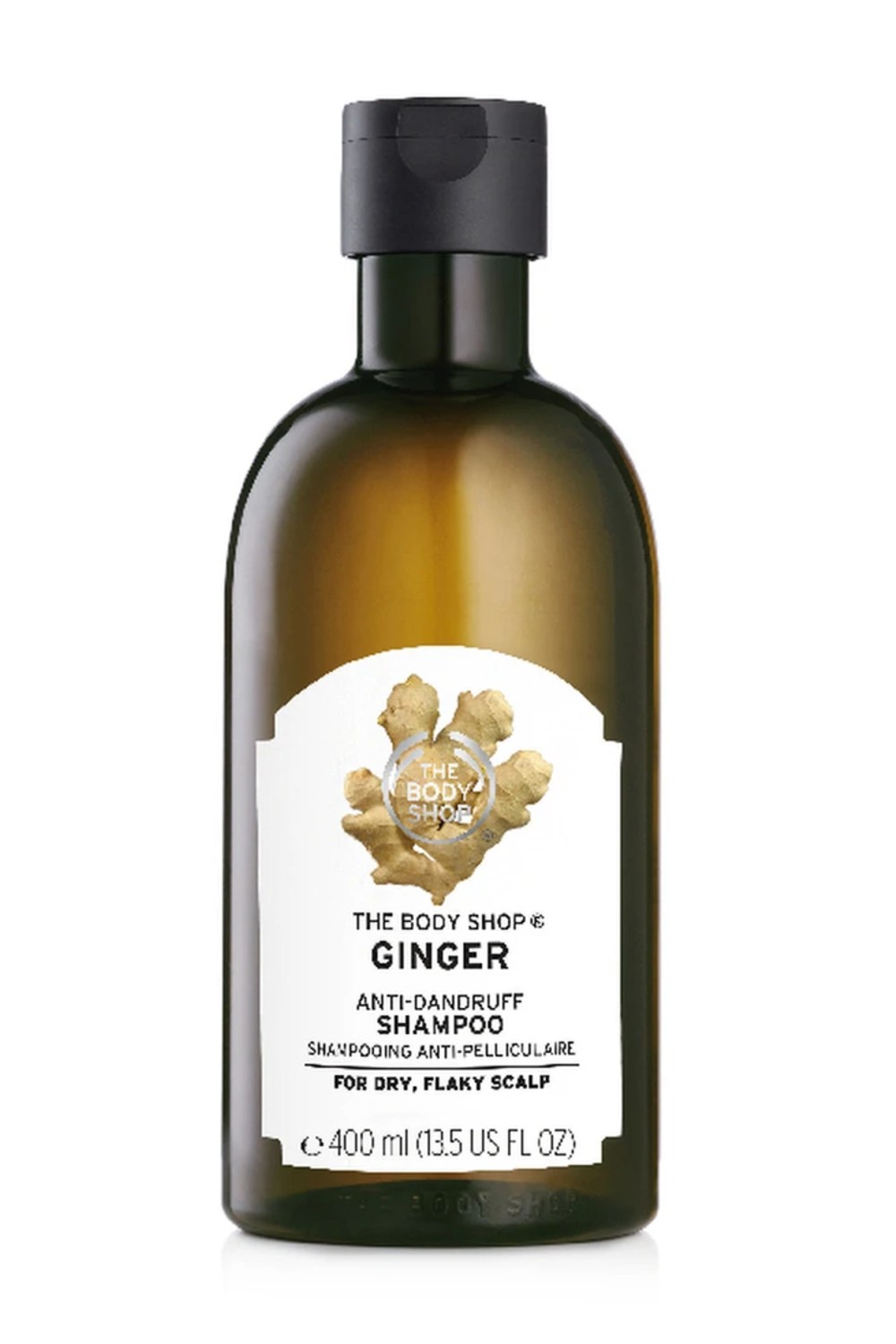
The Body Shop has been at the forefront of the green beauty movement for decades. Champions of ethical sourcing, supporting communities, and empowering women and girls through their Community Fair Trade programme, The Body Shop is an all-round hero of the high street when it comes to making sustainable beauty accessible. An absolute treat for the scalp, the brand's Ginger Anti-Dandruff Shampoo is vegan, made with 90% ingredients of natural origin and packaged in 100% recycled plastic.
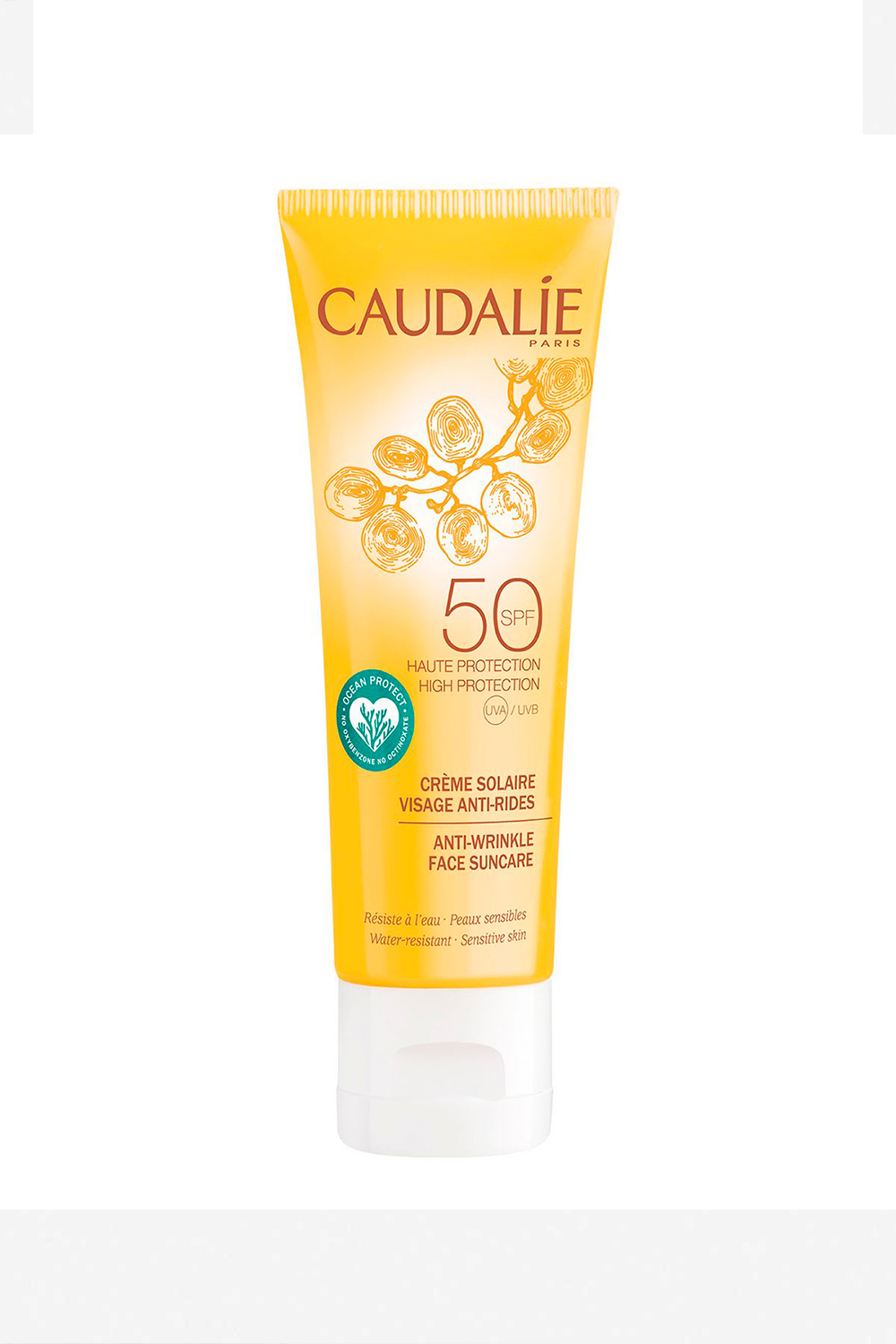
Caudalie made many of us aware that each year 14,000 tonnes of sunscreen pollute the oceans and end up in coral reefs worldwide. The main culprits are oxybenzone and octinoxate, found in around 3,500 sunscreen formulas, as they cause fatal coral bleaching. Consequently, Caudalie created high factor sunscreens that avoid these ingredients, are biodegradable and non-toxic to the marine eco system. Also nice: organic grapeseed oil ramps up hydration while antioxidant-rich polyphenols from grape seeds add another layer of wrinkle-fighting protection.

When a product’s ingredient list begins with pure aloe vera juice and coconut water, you know you’re on to a good thing. Maui Moisture has replaced the chemically-treated water, which makes up approximately 65 per cent of most shampoo ranges, with these kind to hair (and planet) alternatives. Even the bottle resembles a good-for-you smoothie, while inside you’ll find bamboo fibres to beef up spindly strands. Plus, vegan botanicals, which are naturally rich in vitamins, minerals and antioxidants to repair. Genius.

A good-for-skin soap that also exfoliates thanks to rosemary and peppermint leaf powders. This bath bar is sold in plastic-free packaging for less waste. What’s not to love? Very little, as it’s also free of chemicals like SLS (sodium laurel sulphate) that make traditional foamy shower gels lather up. Even fussy skin will be appeased by this one.
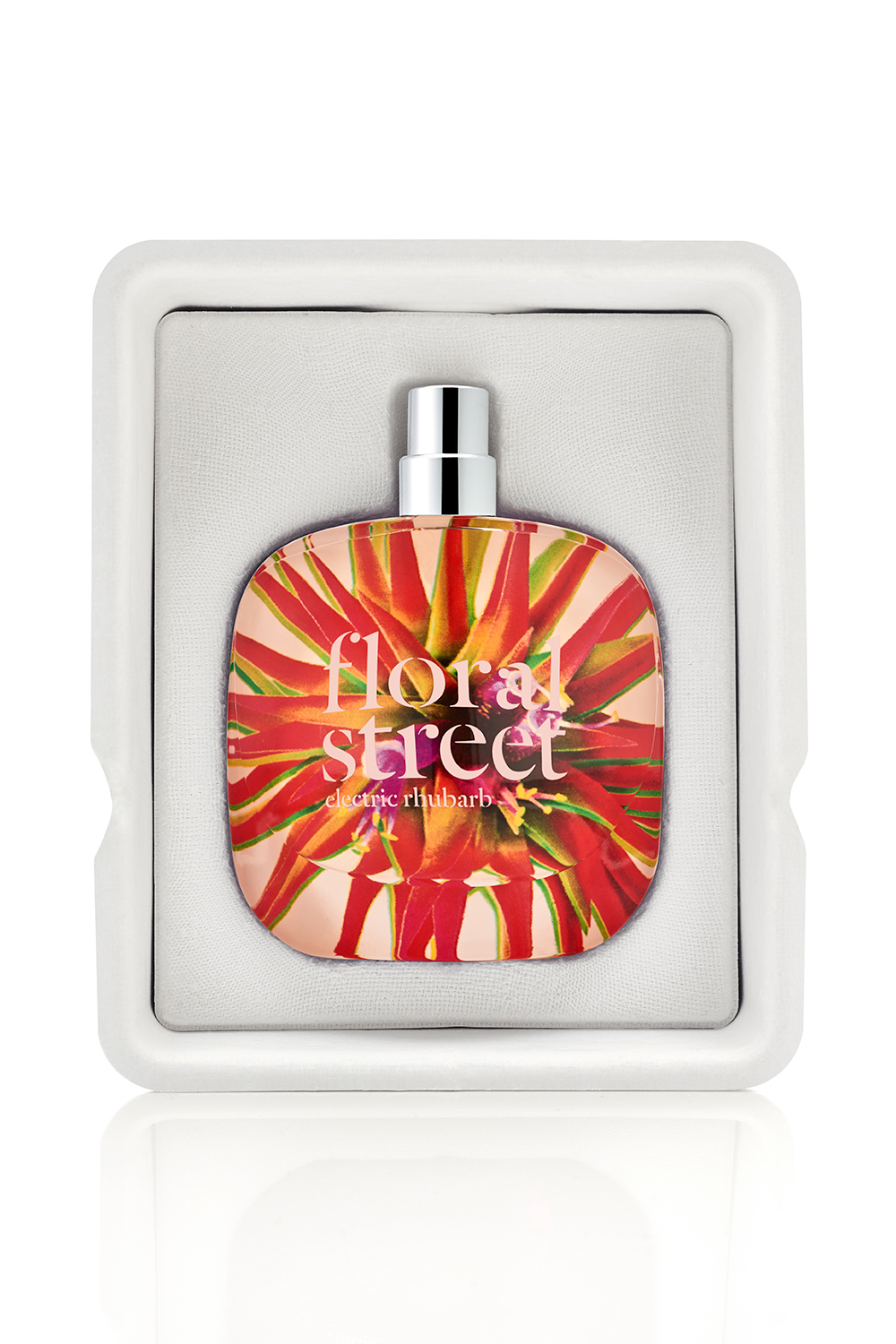
If you could bottle sipping perfectly chilled Prosecco in an English country garden in summer – this would be it. Created in collaboration with the Royal Horticultural Society, beautiful white florals and soft powdery sandalwood are combined with the scent of English rhubarb and an unexpected blast of saltiness. Things get better still when you discover that 5% of sales goes back to the RHS and the fragrance packaging is a biodegradable pulp carton - a first for the world of fragrance. We’re re-purposing ours as a seed tray for herbs.
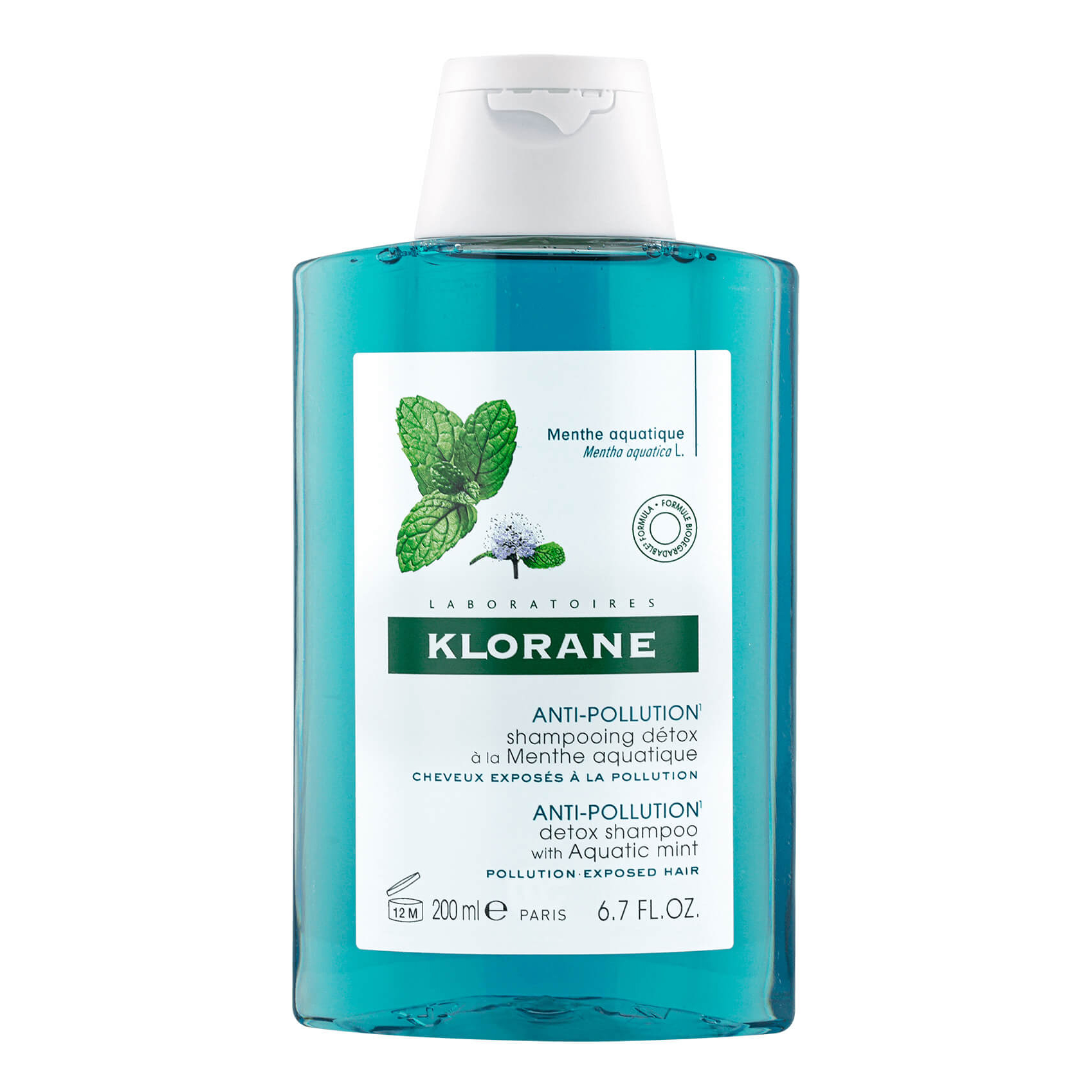
The Klorane Botanical Foundation develops programs to protect ecosystems around the world while also discovering natural ingredients for hair. Currently, it is using aquatic mint to purify water polluted by heavy metals from an old mining site in France and applying that knowledge to haircare. The success of planting aquatic mint on the banks of the river and using the root inside filtering columns, has made it the star ingredient inside this shampoo for city tresses. Not only is the formula biodegradable but it removes 97% of polluting particles from scalp and strands.
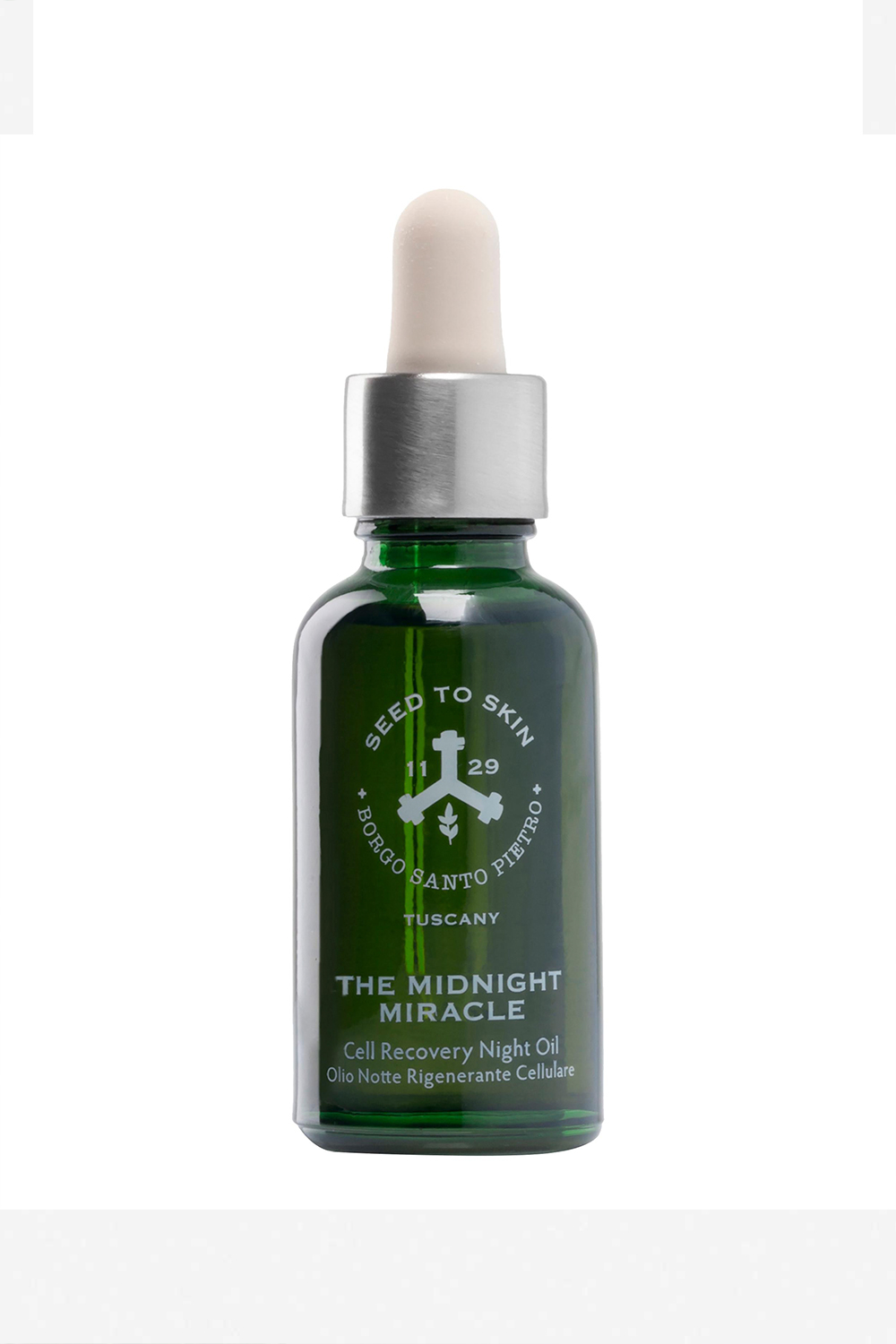
This brand is founded on ‘green molecular science’ using ingredients grown on the 270-acre estate of the Borgo Santo Pietro Hotel in Tuscany. What this means is applying molecular science to natural ingredients, so every product works on multiple layers of the skin. The entire production process is kept in-house, ensuring total traceability of raw materials, extraction methods, and formulation. We rate this face oil as it combines rose extracts with hyaluronic acid and vitamins A to deeply hydrate and improve cell turnover, leading to brighter, fresher skin.
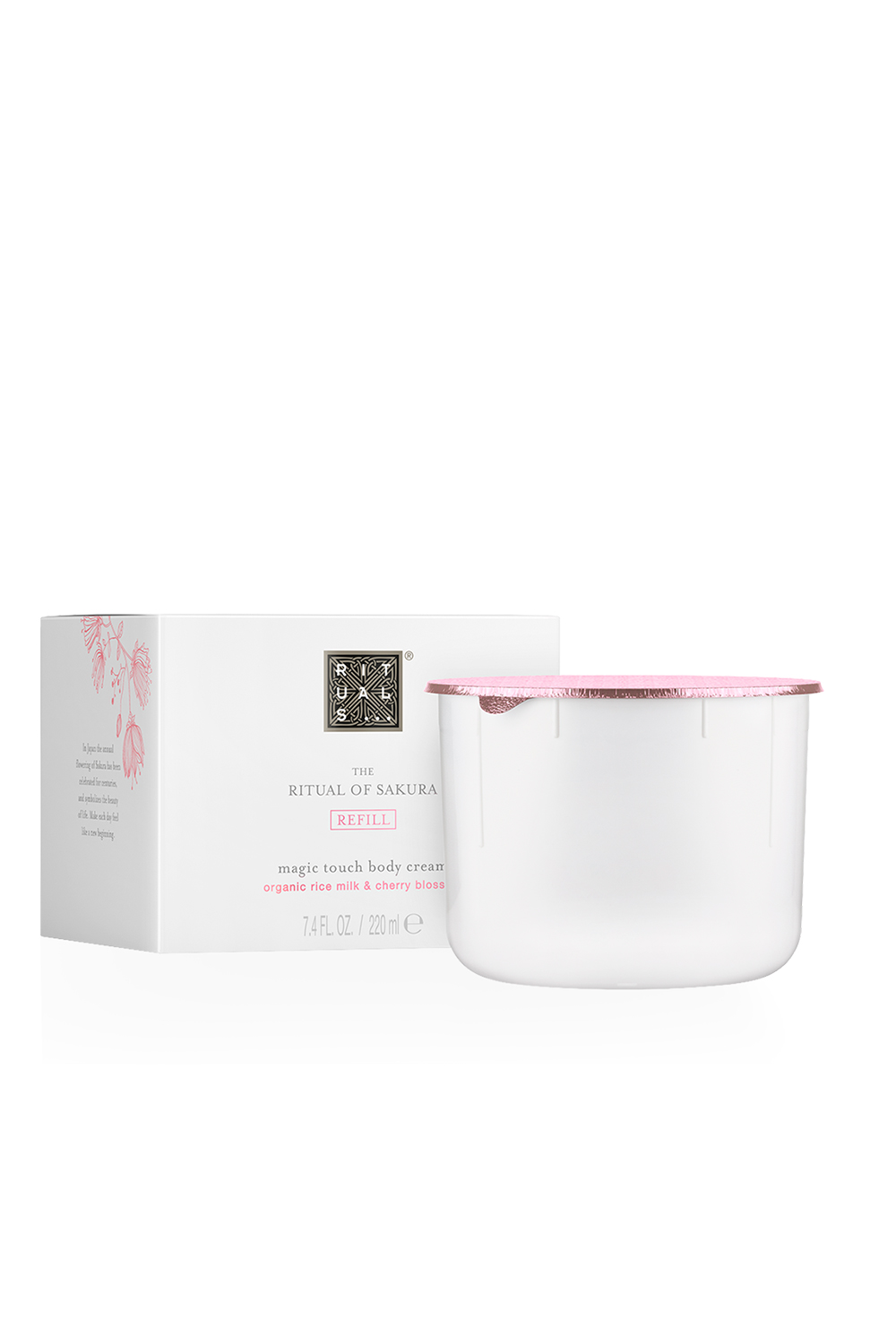
It’s the same nourishing rice milk base and soothing scent of cherry blossom. But in a refill that’s healthier for the planet (and your budget) as it saves 70 per cent in CO2 emissions and uses 45 per cent less water. Simply slot inside the original pot, easy.
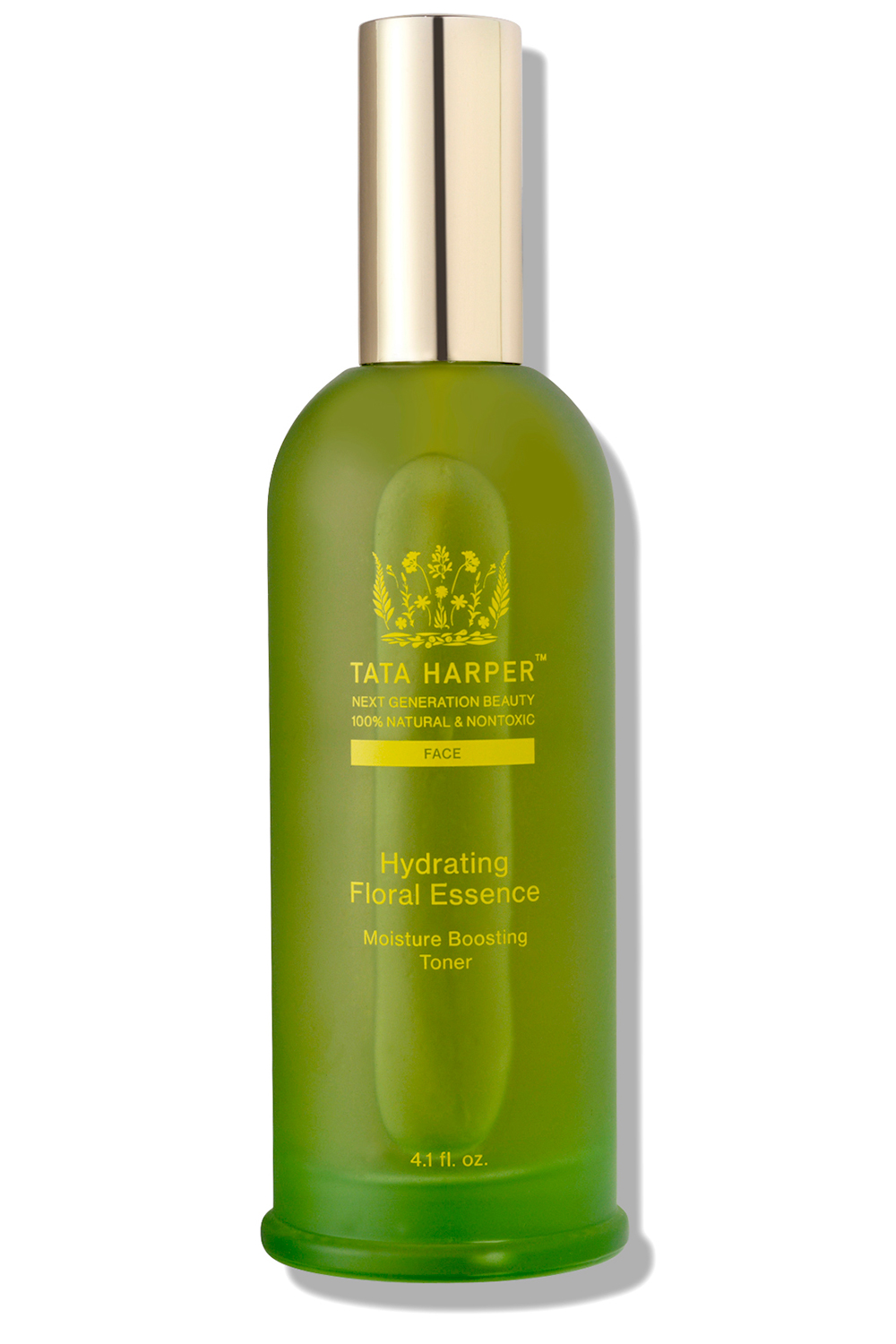
Gwyneth Paltrow fangirls over Tata Harper’s products, which she makes on a 1,200-acre farm in Vermont, USA. A beauty spin on farm-to-table, this farm-to-face brand is responsible for the entire formulation process. Something that is no small feat when you consider this serum alone has 69 high-performing botanical ingredients to wage war on pigmentation. ‘Traditional skincare often uses synthetic versions of natural ingredients and a lot of preservatives, so they may already be two years old when you open the box,’ says Harper. ‘We grow many of our own herbs, fruits and vegetables, then cold-press and blend them with a carrier oil to capture all the nutrients and freshness.’ Harper also insists on only using soy-based ink on the cardboard presentation boxes as it has a low petrochemical content and is easier to remove during the recycling process.

Too many pesticides and too few diverse crops is causing colonies of bees to die off at an alarming rate. Our entire ecosystem depends on their saving. One beauty brand, which relies on honey for its skincare, is going to extraordinary lengths to ensure that happens. Guerlain has discovered that the Royal Jelly produced exclusively by black bees on an island in Brittany stimulates the Tieg-1 gene, which skin needs to repair collagen and boost elasticity. Sustainable amounts are sourced for this serum. But more importantly, Guerlain has sponsored a full-time beekeeper to look after the 140 hives and raises awareness by lobbying government and visiting schools. All of which has us positively buzzing.

The hero ingredient in this daily moisturiser is sea kelp, which is sustainably harvested by hand only twice a year before undertaking a three-month bio-fermentation process. To give back to its precious resource, the brand launched the Blue Heart Oceans Fund, which supports conservation projects around the world. In the past this has included the restoration of mangrove trees and rebuilding coral reefs.
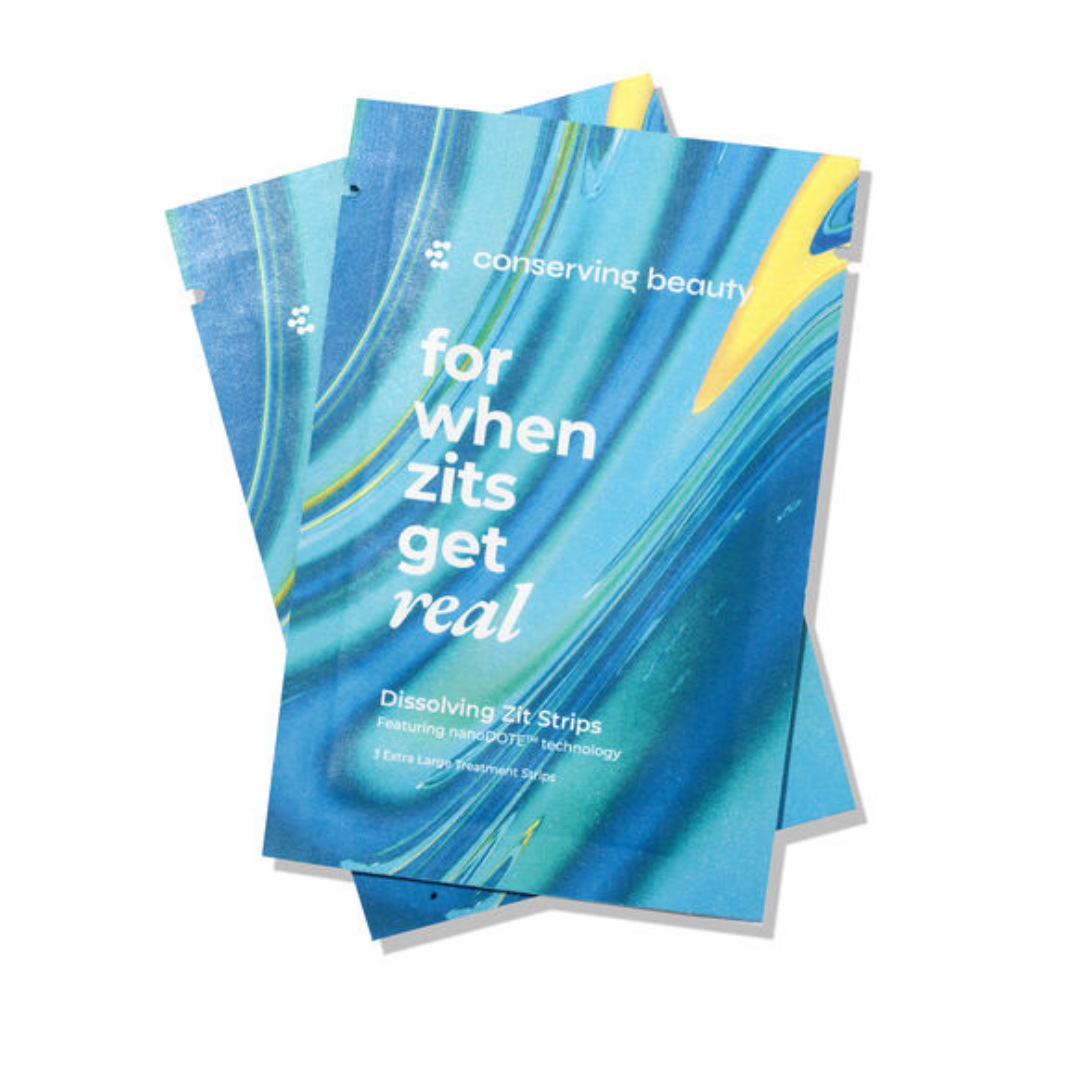
Conserving Beauty works with a number of organisations to ensure ethical and sustainable usage of water, raw materials, supply chains, animal protection and human rights, with its own internal targets, too. The brand is incredibly transparent about the entire life cycle of its products. It is truly setting the benchmark for other companies out there. These strips melt onto spots when water is applied and reduce their appearance almost immediately.
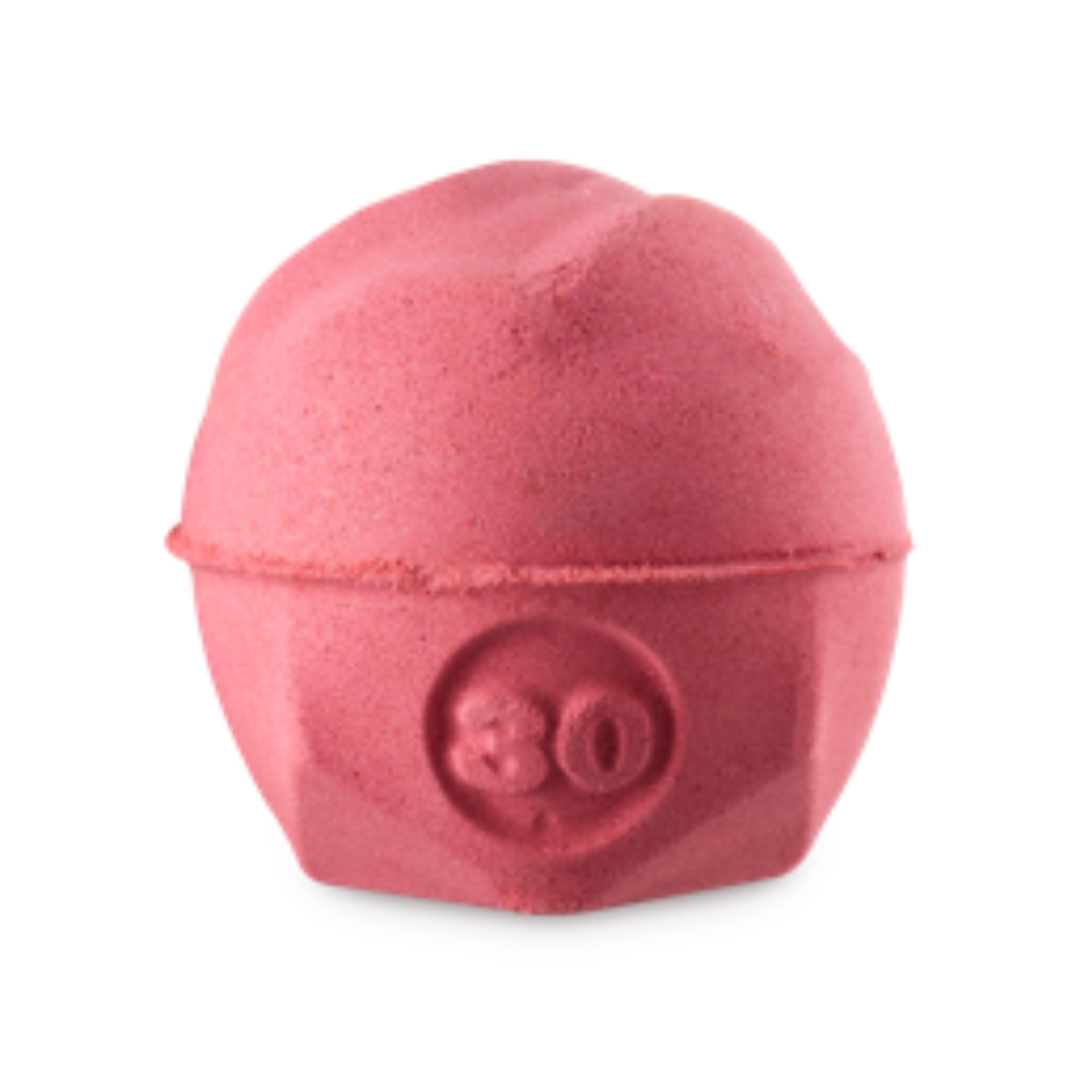
It goes without saying that all of Lush's products are cruelty free and vegetarian. The bath bombs are created without packaging because the products are self preserving. They also have an ingredient map so people are able to see exactly where they are sourcing their ingredients from.
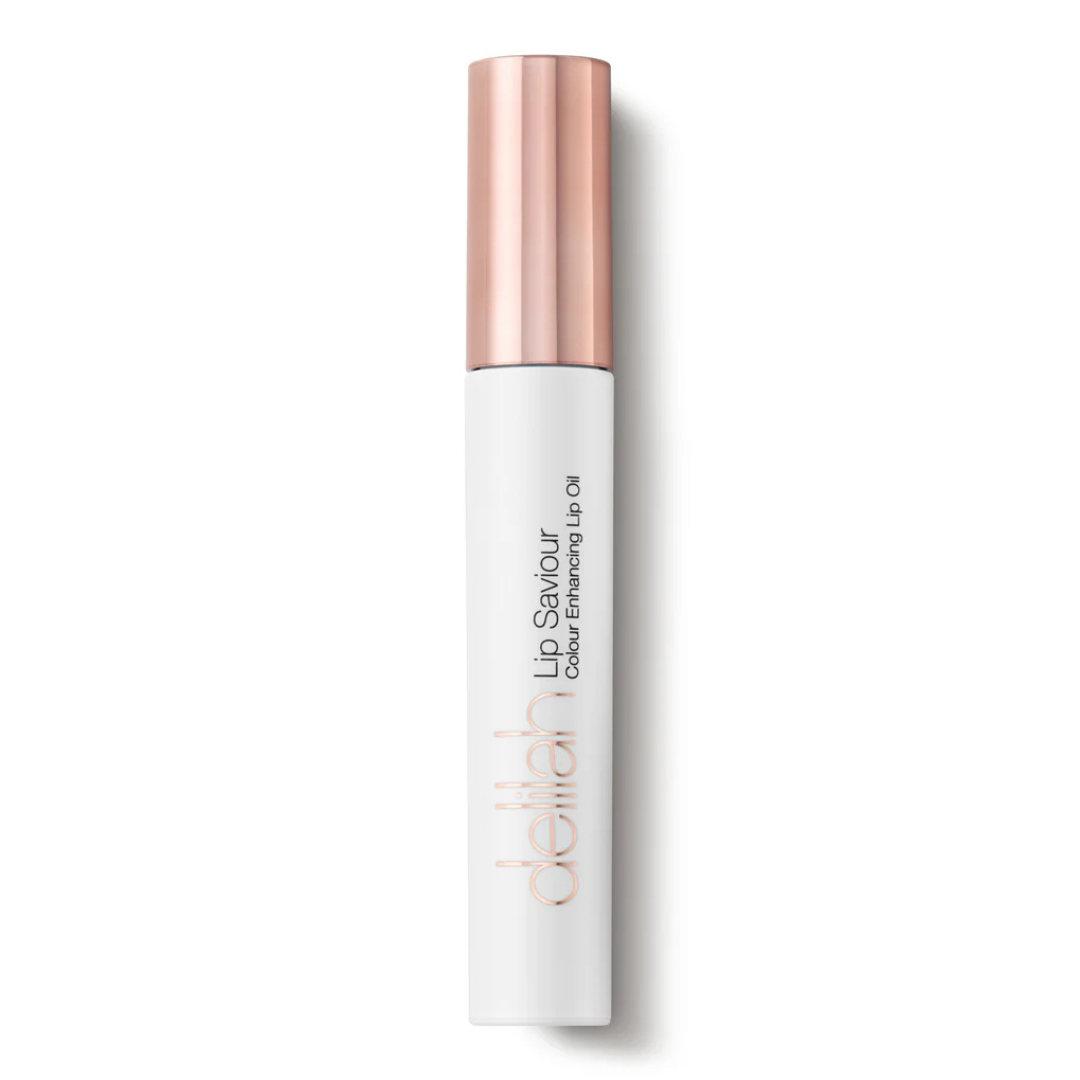
Founded in 2014, delilah have always had a strong focus on sustainability and ethical sourcing. Powered by plants this lip oil contains a staining pigment to give lips a natural tint. delilah doesn’t participate in animal testing or sell in any markets that require animal testing, meaning it’s 100% cruelty-free.

The brand founded in 2000 has always pushed creative boundaries and adhering to sustainable practices, the brand proves that conscious luxury can flourish. They understand that sustainability is a journey, so operate a transparent supply chain on a circular model and do environmental education.

Nunaia is a skincare brand built on helping ancestral land and resources. It uses completely compostable packaging and is the proud owner of several certifications including COSMOS Organic, Leaping Bunny and vegan. This deeply hydrating cream, keeps skin nourished while boosting elasticity.
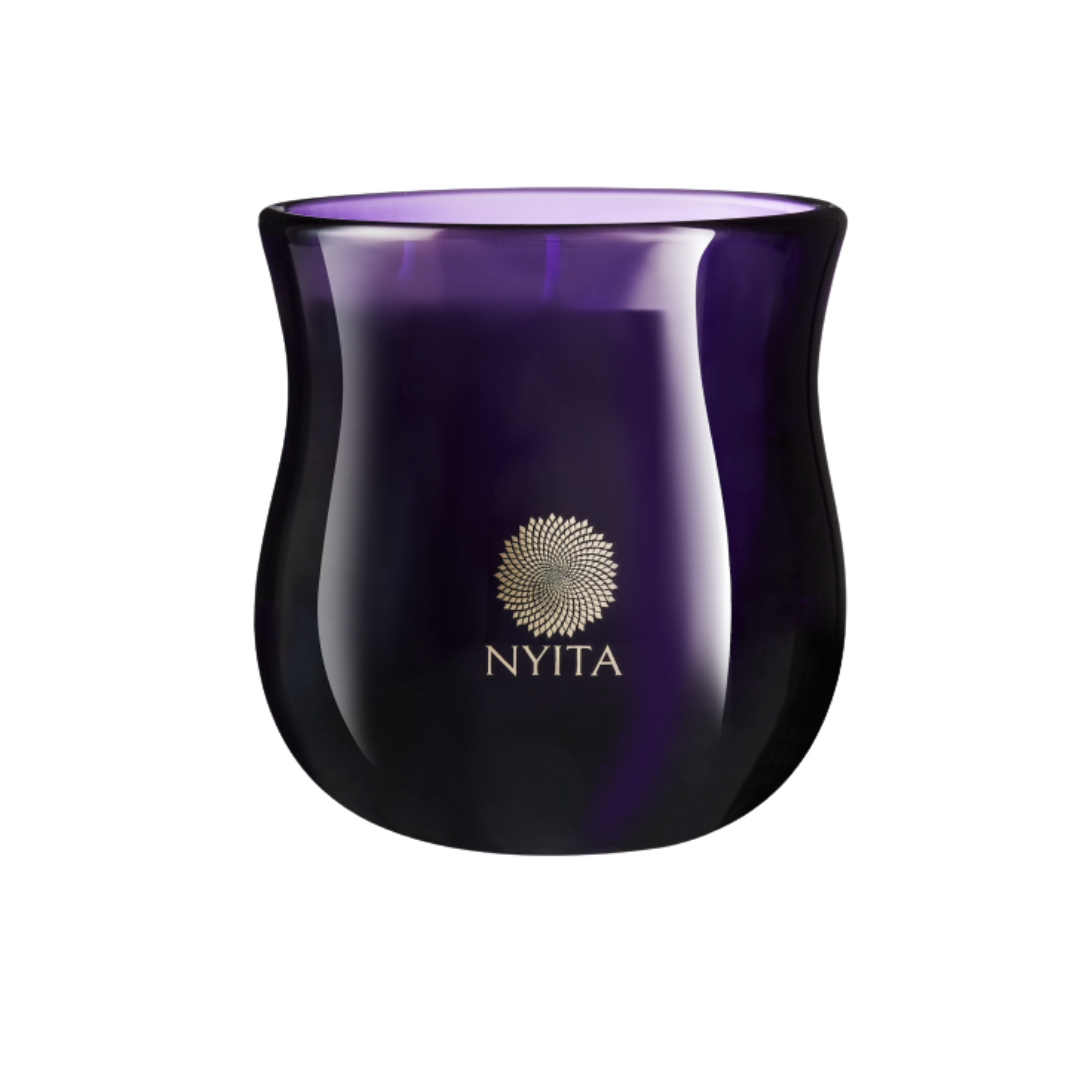
This is a luxury brand with sustainability at its core. This candle uses a sunflower wax formula with no chemicals involved, and in other products NYITA is mindful of the oils it uses to avoid entire plants and trees being destroyed. Additionally, it gives 10% of profits to support vulnerable people, animals and habitats.
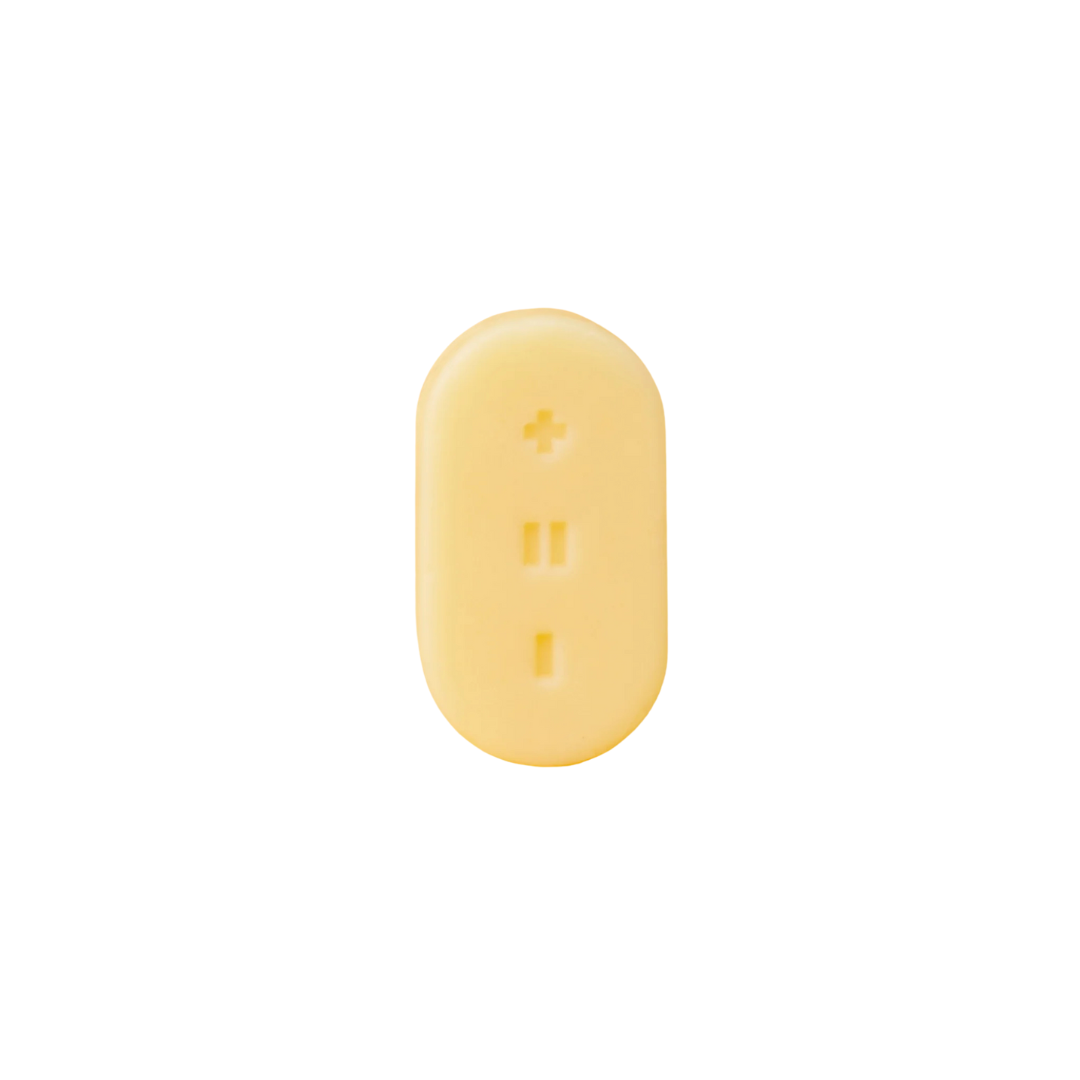
This skincare brands seeks to create the best products with the lowest environmental impact. Built on the foundation of "less is more", SBTRCT is solid, 100% plastic-free, zero-waste, cruelty-free and vegan brand. This is the worlds first solid vitamin C serum, which leaves your skin visibly brighter.
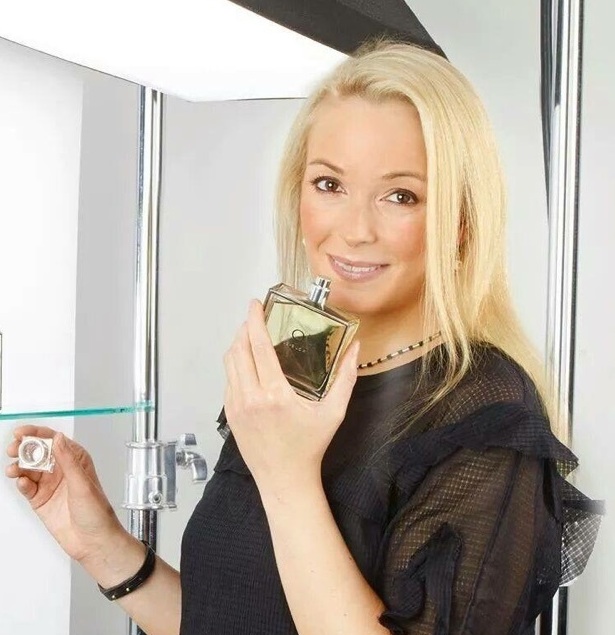
Fiona Embleton has been a beauty editor for over 10 years, writing and editing beauty copy and testing over 10,000 products. She has previously worked for magazines like Marie Claire, Stylist, Cosmopolitan and Women’s Health. Beauty journalism allowed her to marry up her first class degree in English Literature and Language (she’s a stickler for grammar and a self-confessed ingredients geek) with a passion for make-up and skincare, photography and catwalk trends.
